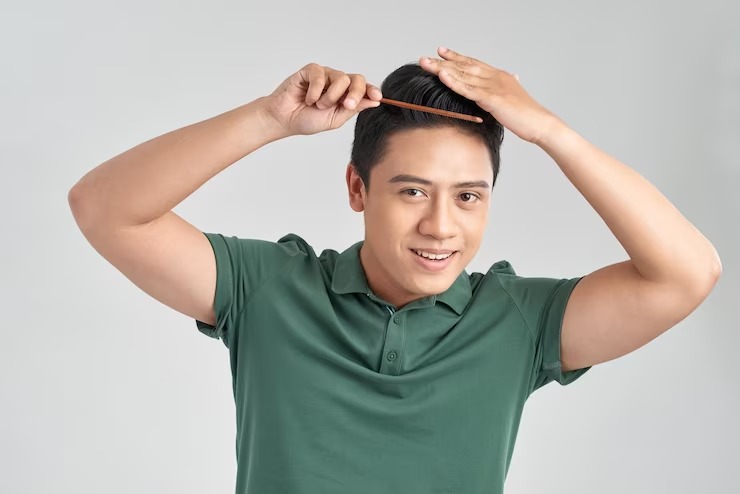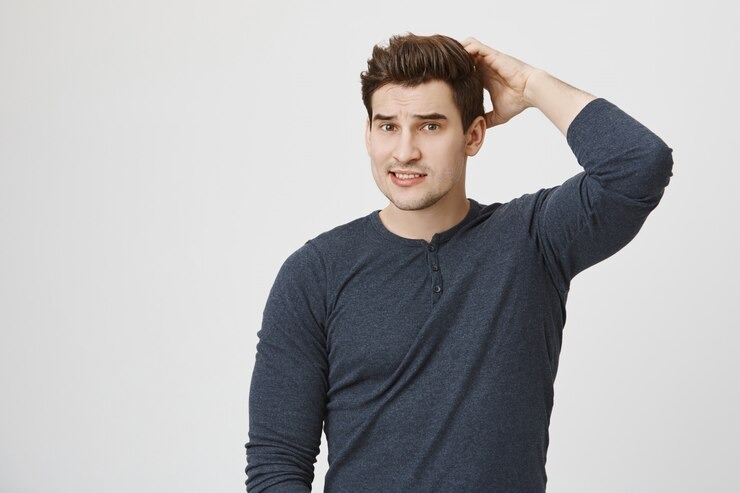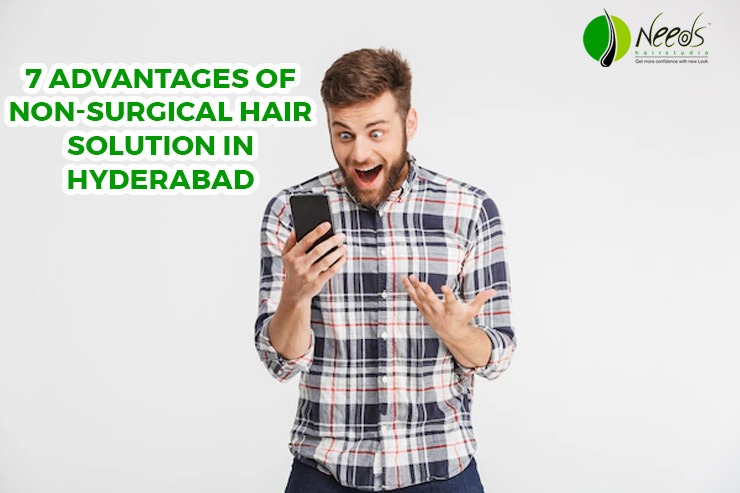Bald people go in for hair bonding to look good and build their self-esteem. Hair bonding treatment is done well by professional hair stylists in reputed hair salons.
Hair bonding is indeed a fantastic treatment for those who are seeking versatility in their hairstyles. Be it for culture or regarding self-image, the hair happens to be an integral part of one’s image.
For many people, hair loss or thinning can be frustrating and negatively impact their self-confidence.
What is hair bonding?
Hair bonding is a hair replacement process. It entails bond glue or tape, which is used to adhere hair wefts and also incorporate them into one’s hair.
There are several types of bonding hair methods, and they can be done either professionally or even on one’s own. For some, the process only consists of gluing wefts to one’s own hair. The person can also make use of hair bonding systems.
A system refers to rather larger pieces for hair replacement, like wigs or weaves. They are no doubt painless and often cheaper alternatives to surgical hair replacement. A bonding system needs to be maintained and lasts for months.

Pros and Cons of Bonding Hair
Is hair bonding suitable for a person who wants it done? It is better to understand its pros and cons:
Pros
- Can be done at home with little help.
- Allows for a variety of styles as well as colors.
- Painless hair replacement process.
- Cheaper than hair replacement surgery.
Cons
- Requires regular maintenance.
- Systems will indeed have to be replaced about every six months.
- Time and money for recurring salon visits
- It is not viable for a person suffering from a skin allergy to the adhesive used.
Who Should Try Hair Bonding?
Any person can try hair bonding, as it has a couple of appealing uses. For example, extensions can certainly provide extra volume as well as length for styling purposes, or a person can fill in parts of one’s hair that may be experiencing thinning in order to restore a fuller look.
Yet, this is not for a person who is allergic to the adhesives used for the process. It is important to check out properly what sort of bonding glue or tape a person is using, and the testing needs to be done on an isolated skin test prior to bonding hair.
How to Get Hair Bonding?
An extra set of hands will be required for the process, be it at home or in a salon. Thus, it is highly advised to seek help in the process.
At-Home DIY Hair Bonding
The person needs hair bonding glue or tape, the wefts needed if wanting to use them, and a glue solvent for the removal of extensions. The person can buy all of these at various hair as well as beauty stores.
Never use bonding glue or even tape directly on one’s scalp. Press along the weft hairline for about 30 seconds.
Then take a blow dryer on low heat and gently blow dry the area. The heat will, of course, help the glue dry quicker and then form a good bond for the weft.
Repeat this process by adding another layer. When the extensions are to one’s satisfaction, carefully brush the hair and style it as desired.
Salon hair bonding
If never had a hair bonding experience, especially earlier, it is a good idea to seek professional help first. Several salons do offer the service of bonding hair and also helping a person maintain it.
The person can have the bonding custom-made to fit. The salon experts will help out, as they will measure the head as well as the scalp and make a mold.
Once the system is ready, the stylist will set it up and install it. Factors do vary, of course, but every 3–4 weeks, a person needs to go back so that they can remove, clean, and replace the bonding system.
Conclusion
Hair bonding is not a permanent solution for hair replacement.




